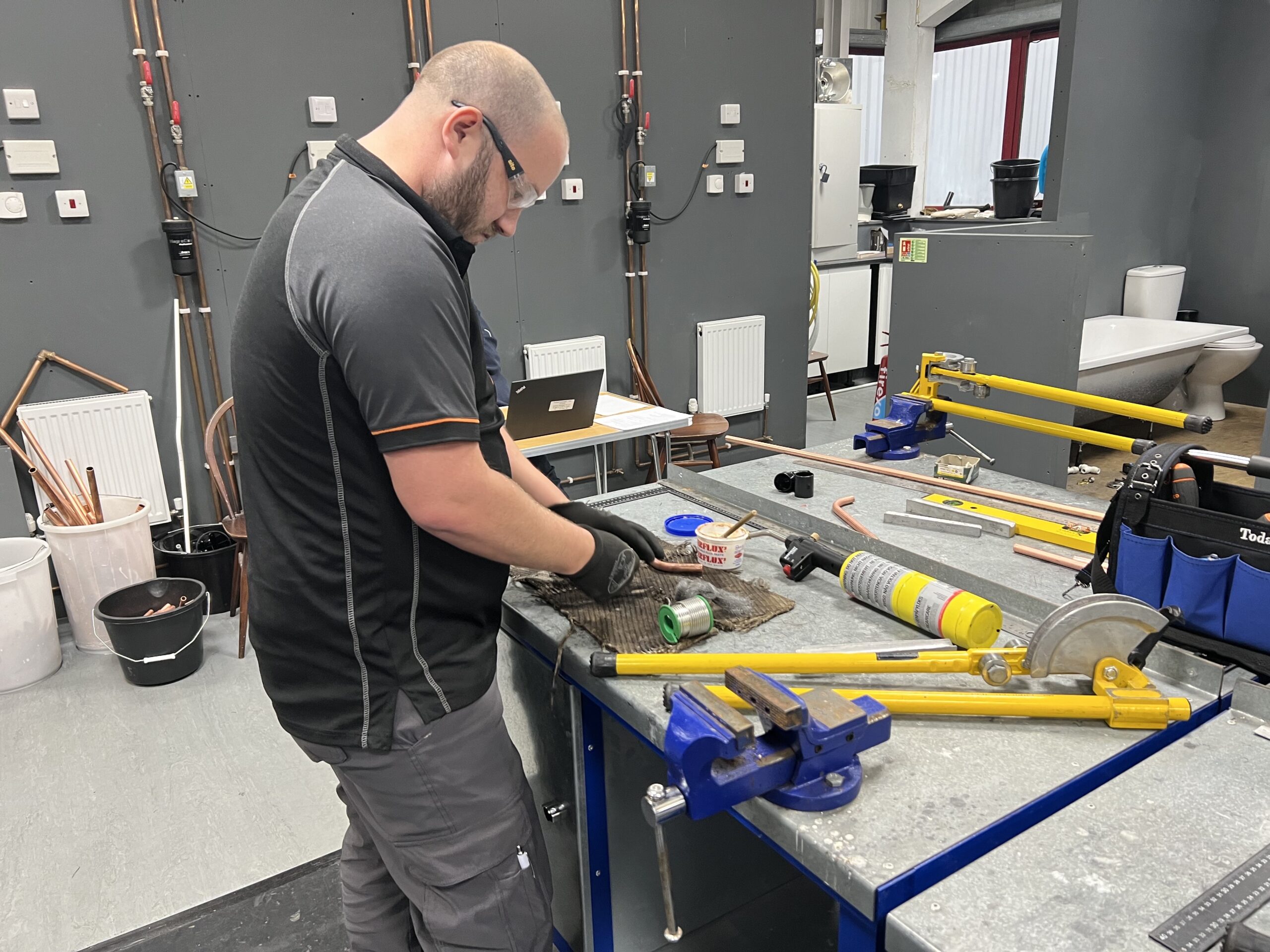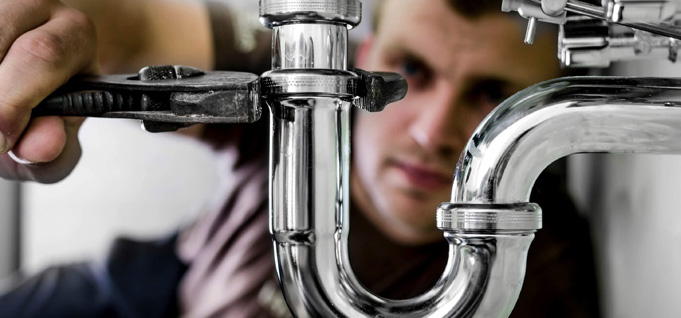Have you ever wondered 'What is a domestic electrician?' (or domestic electrical installer) 'what are his or her day to day tasks?' or 'What qualifications do I need to become one?'.
We class it as someone that needs a knowledge of electrics for their day to day role, but while some of these tasks must be carried out by a fully trained electrician, not all of them need to be.
Central heating systems, showers and cooking appliances, for example, have to be wired-in and in rented properties in particular, appliances require testing for safety.
Train To Become A Domestic Electrical Installer
If you currently carry out any of the following tasks you nee

d to make sure you have the correct skills and qualifications to be a domestic electrical installer:
- Wiring in plumbing, heating and other gas or solid fuel appliances
- Testing the safety of existing electrical installations
- Testing the safety of new electrical installations
- Testing the safety of portable appliances (i.e. electrical appliances with a plug)
For more information about our domestic electrical installer training,
click here.
17th Edition and Part P
For all of the above you need to be able to practically apply the 17
th Edition Wiring Regulations and how they relate to Part P, which deals with domestic electrical installations.
Part P training is essential for domestic electrical installers, providing the skills to carry out work such as adding new circuits to showers or for lighting.
Fully qualified electricians will have both of these under their belt, already.
Initial verification, Testing and Certification of Electrical Installations
Any electrical installation, once installed, must be tested to ensure that it’s safe. Domestic electricians should be able to complete this testing as part of their role, and there are specific training courses that cover this.
Safe Isolation
If you’re working on electrics, than it’s fairly obvious that safety is key! A safe isolation course will help make sure that anyone working with electricity knows the risks how to prevent them.
PAT Testing
PAT testing could be a useful string to your bow, particularly if you count landlords and public buildings amongst your customer base. Covering free-standing electrical appliances powered via a plug and socket, such as toasters and laptops, etc.
PAT Testing is required to assess whether an appliance is safe to use and is carried out visually and by using a PAT Tester. Formal visual inspection and testing by a competent person is recommended at appropriate intervals, depending on the appliance and the environment.
Periodic Inspection and Testing
Periodic Inspection and Testing is for experienced electricians only, with proven understanding of Part P, 17
th Edition Wiring Regulations and the specifics of inspecting, testing and reporting.
Experience is essential, as Periodic Inspection involves checking existing electrical installations to see if they are safe.
Domestic electrical installers are always going to be in demand, coming from both the existing pool of electricians and building services engineers working in related industries.
If you identify yourself as one, make sure you’ve got the right skills and qualifications to carry out your role safety.
 d to make sure you have the correct skills and qualifications to be a domestic electrical installer:
d to make sure you have the correct skills and qualifications to be a domestic electrical installer:
 d to make sure you have the correct skills and qualifications to be a domestic electrical installer:
d to make sure you have the correct skills and qualifications to be a domestic electrical installer:









